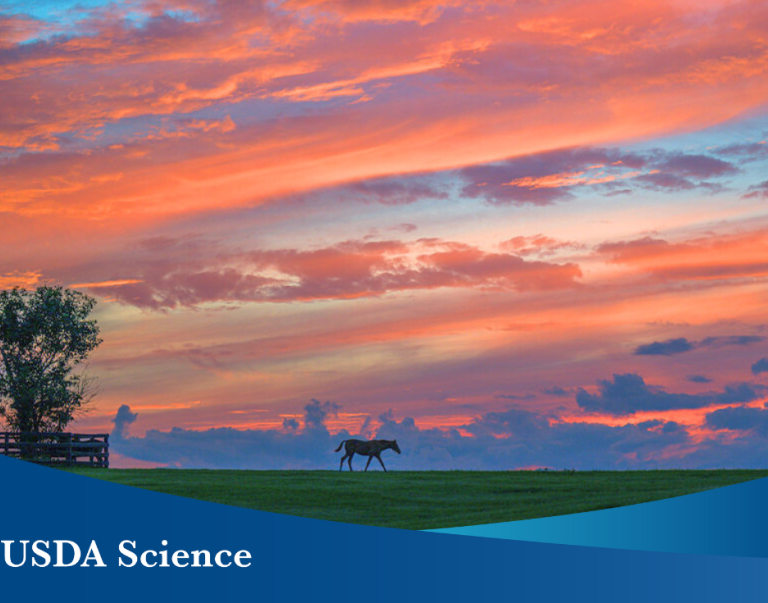Written by Brittini Hawkins, NRCS Public Affairs Intern
Who knew manual labor could be so rewarding? Last week all the NRCS interns went on a student educational tour to Windy Hill Farm on the Corsica River in Centreville, Maryland. The interns worked with the owners, Matt Miller and Beth Wehrle, to plant a living shoreline to maintain the riverbank and decrease soil erosion.
The Windy Hill Farm Living Shoreline Project is managed by the NRCS Resource Conservation & Development (RC&D) Coordinator, with assistance from conservation partners like the Maryland Department of Natural Resources. The interns helped plant smooth cordgrass, saltmeadow cordgrass, switchgrass and trees. These plants will provide forage protection and game cover, and will conserve soil.
Each three-person team planted one of the four types of plants. One person was assigned to dig a hole, while another added fertilizer and the third person placed and covered the plant in the hole. My group planted smooth cordgrass along the shoreline.
The process was strenuous, but very interesting. Before today, I never knew plants could grow in sand. Every type of plant except one was placed in sand: saltmeadow cordgrass was planted directly in the water because it has to be in high marsh zones where it can be covered by high tides. Mr. Miller mentioned that the smooth cordgrass, saltmeadow and switchgrass are able to grow in harsh conditions and soils. He also told us that the tide would come up and water the saltmeadow cordgrass and switchgrass. As the plants grow, they’ll spread all the way down to the shoreline.
After we were done planting, we went to the Chestnut Vale Farm in Centreville, Maryland. The Temple Rhodes family gave us a brief tour of the conservation practices on their farm and the equipment they used. One interesting thing Mr. Rhodes showed us was the machine he used to plow and fertilize the ground. The machine was actually half his creation—he had added a GPS to make planting and applying fertilizer more precise and efficient.
The educational tour was very rewarding experience. I hope that in the near feature I can go back and visit the Windy Hill Farm Living Shoreline Project and see the results of all our hard work!


